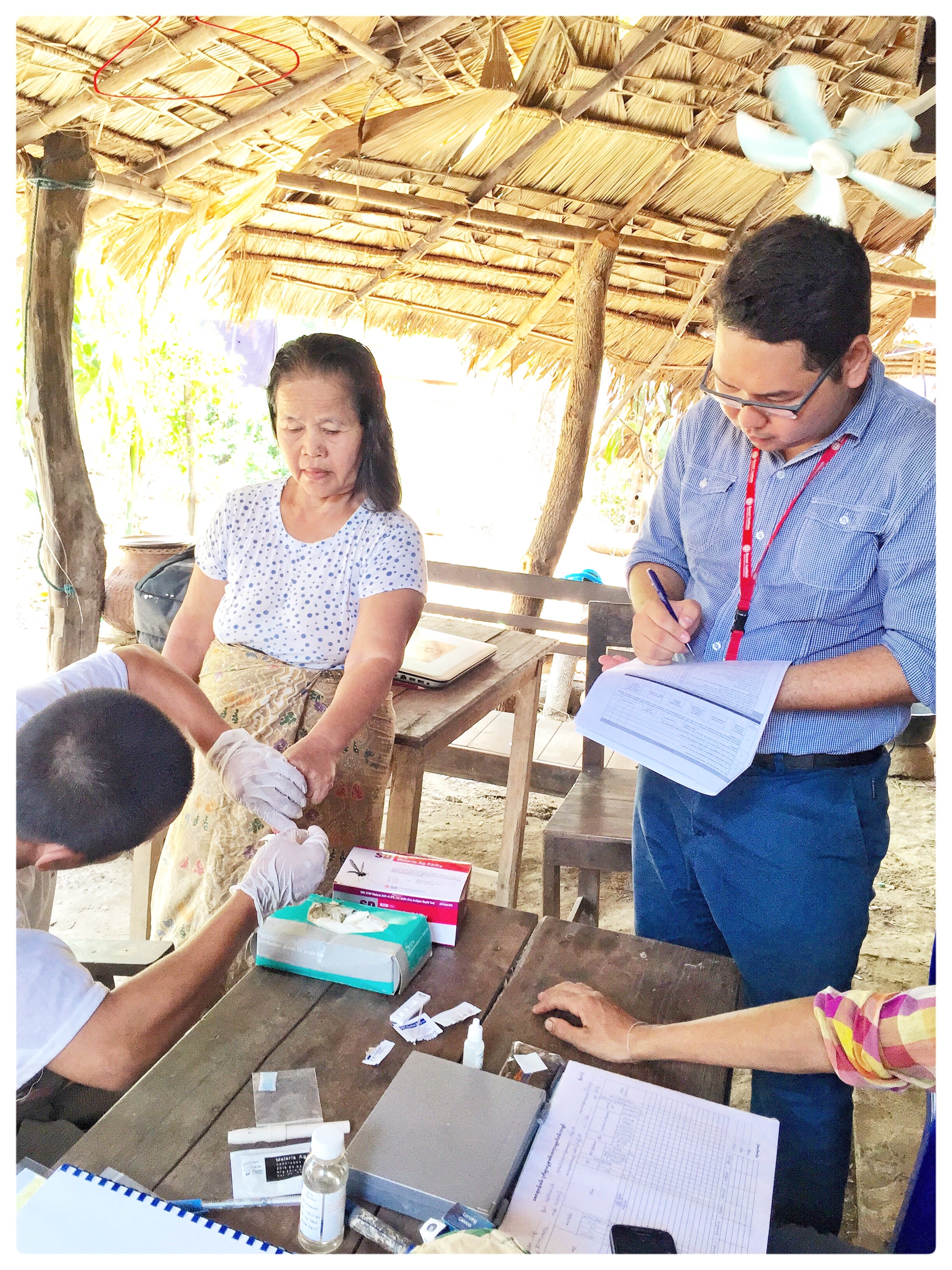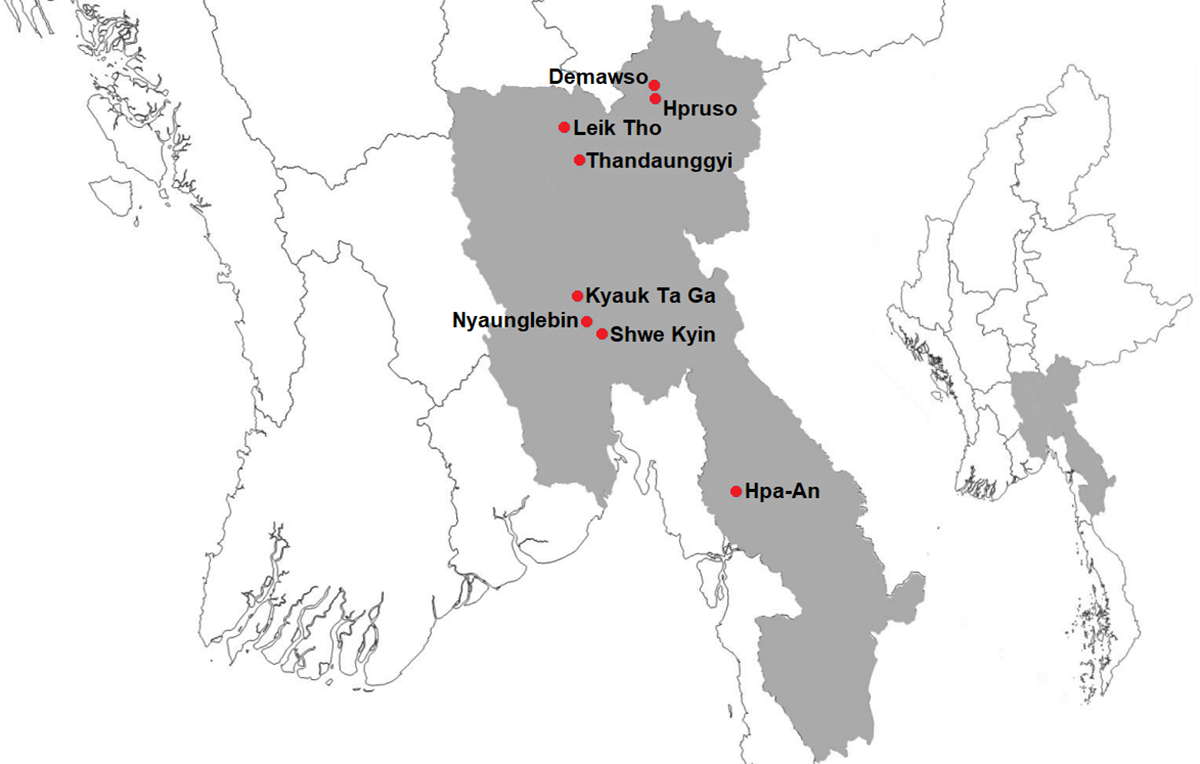Insect repellent's surprising role in malaria elimination

Repellents to be included in Myanmar's malaria policy to prevent new infections, in response to world-first Burnet study
Despite strong evidence demonstrating that topical insect repellent protects against mosquito bites, the World Health Organization is yet to endorse deployment of repellents for malaria prevention as an intervention with public health value.
In a world-first, Burnet Institute researchers established the real-world effectiveness of repellent distribution in the context of large-scale disease prevention programs in Myanmar, and demonstrated that it can prevent a third of new malaria infections.
Their findings were published in the international journal PLOS Medicine.
Burnet Head of Malaria and Infectious Disease Epidemiology and principal investigator, Professor Freya Fowkes, said that to achieve malaria elimination in the Greater Mekong Subregion the toolbox for the malaria elimination agenda needs to be expanded, because the efficacy of endorsed vector control interventions is under threat.

Burnet Head of Malaria and Tropical Diseases Epidemiology, Professor Freya Fowkes
Burnet Head of Malaria and Tropical Diseases Epidemiology, Professor Freya Fowkes
“Establishing that repellent can significantly reduce the burden of malaria is incredibly important for the region, given that rates of insecticide resistance are increasing and changes in mosquito composition and behaviour can reduce the effectiveness of cornerstone vector control interventions, such as bed nets and indoor residual spraying,” Professor Fowkes said.
Importantly, using novel analyses, the researchers established that repellent was equally effective across a variety of transmission intensities and high-risk populations.
Study statistician and first author, Mr Paul Agius, said there was very little variation in the impact of repellent on reducing sub-clinical malaria across different villages and high-risk populations.
“This suggests that repellent distribution may be an effective intervention across a range of transmission settings and populations,” Mr Agius said.

Location of townships selected for topical repellent trial participation in Kayin, Kayah, and Bago East states of Myanmar
Location of townships selected for topical repellent trial participation in Kayin, Kayah, and Bago East states of Myanmar
Senior Program Manager of Health Security in Burnet Myanmar, Dr Win Han Oo, said that findings from the study conducted in collaboration with the Myanmar National Malaria Control Programme have provided evidence for the change in Myanmar’s malaria policy to include repellents, and will also be invaluable to inform Regional Malaria Elimination policies.
“Incorporation of repellent into the National Strategic Plans for malaria elimination may advance achieving the Greater Mekong Subregion elimination target of 2030,” Dr Win said.
Burnet Director and CEO, and co-author on the paper, Professor Brendan Crabb AC, applauded the team behind the study.
“Not only is this one of the highest quality pieces of work Burnet has been involved in, the result is actually a surprise. There were reasons to doubt effectiveness of repellents but this study shows they can actually have a role in shifting the dial of this insidious disease,” he said.
Please donate to support Burnet's malaria research.
